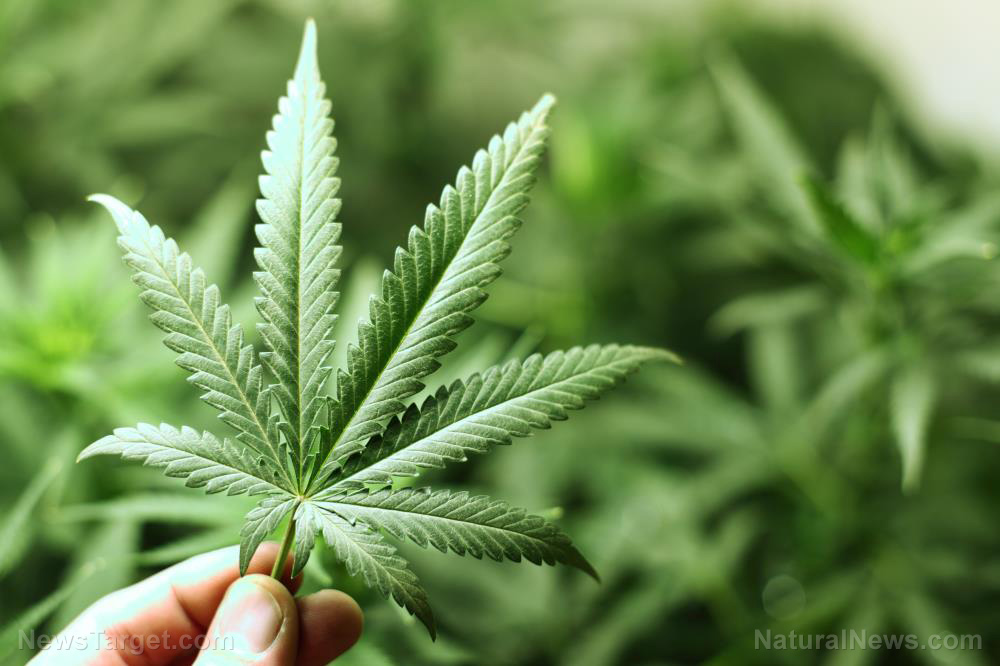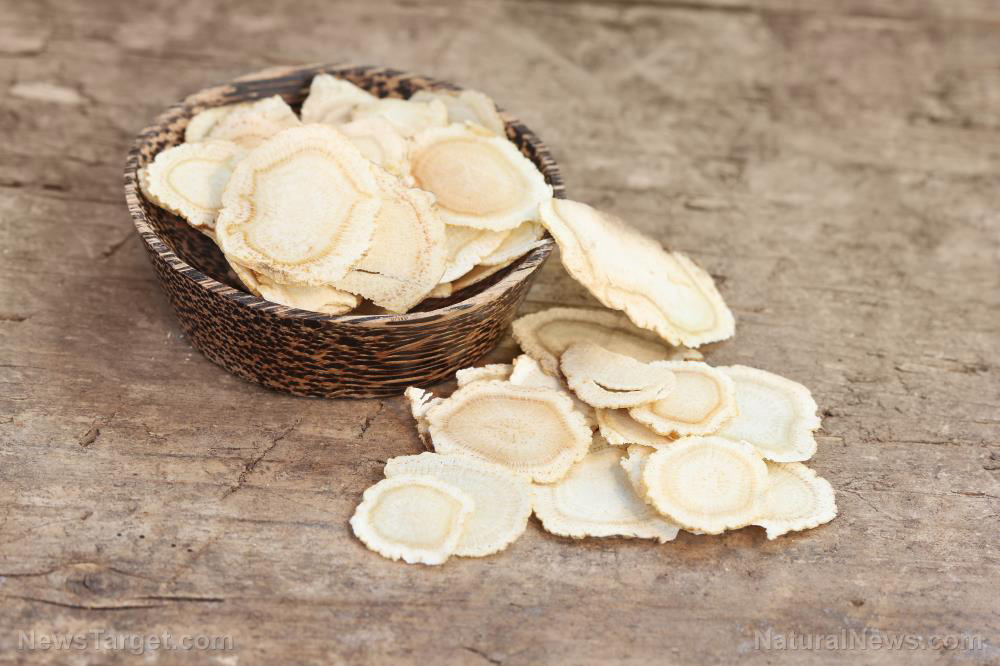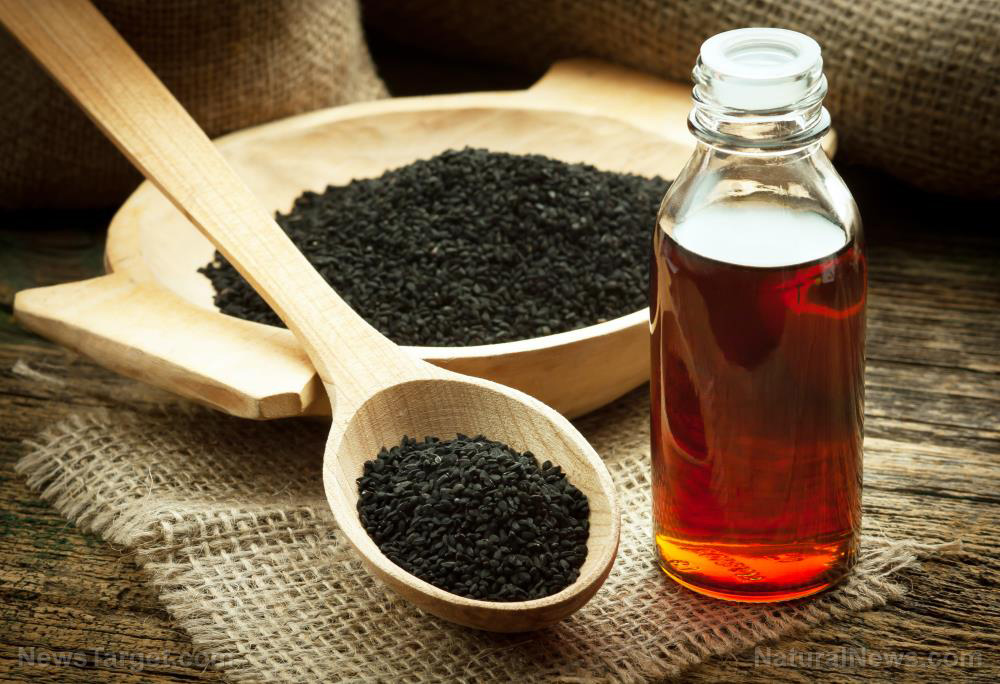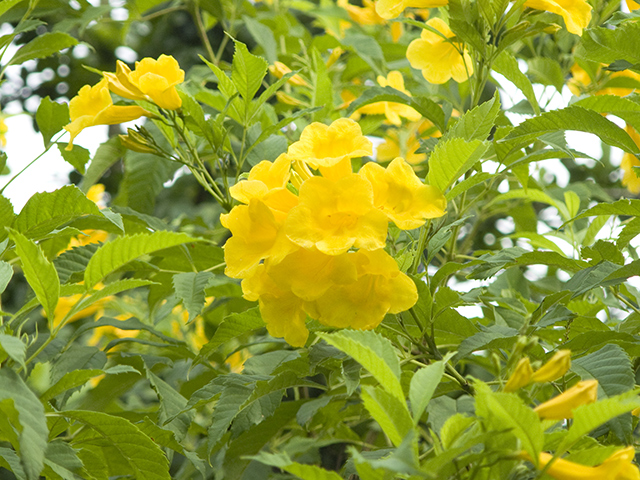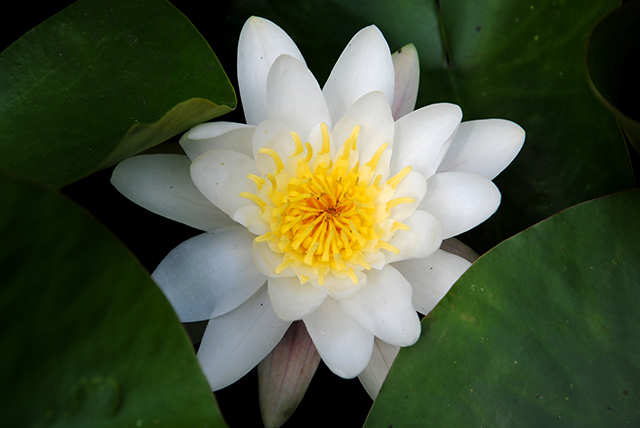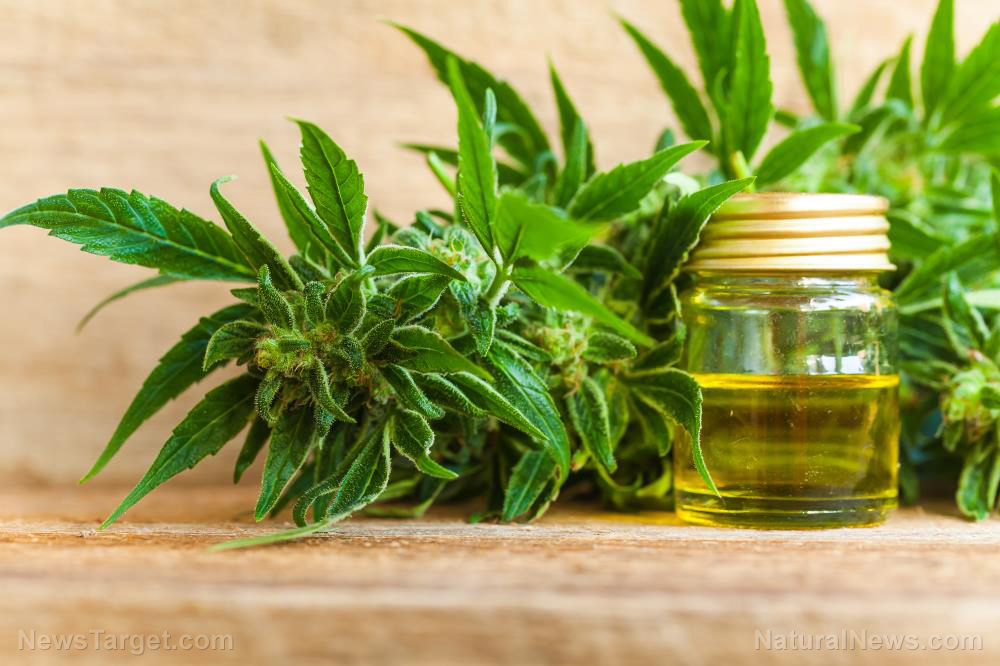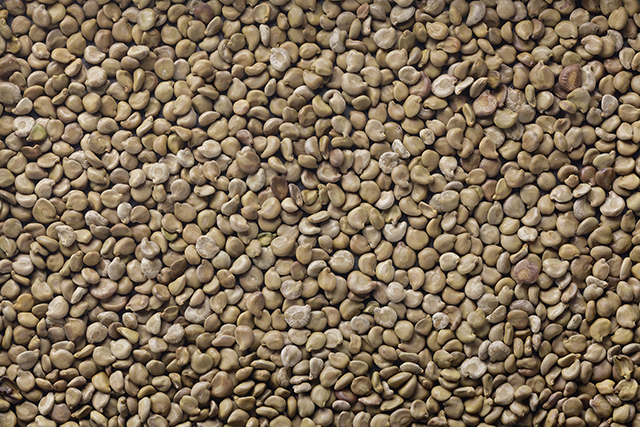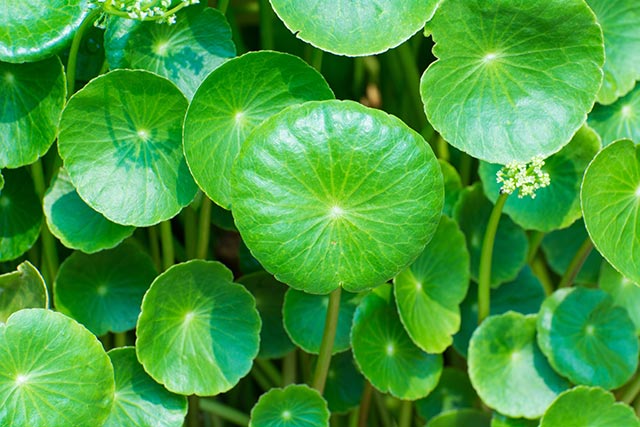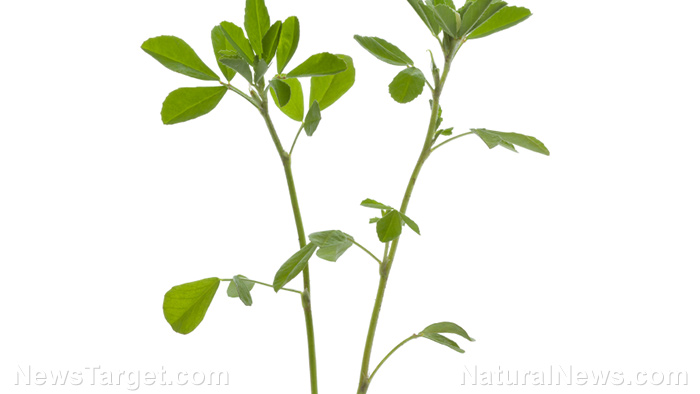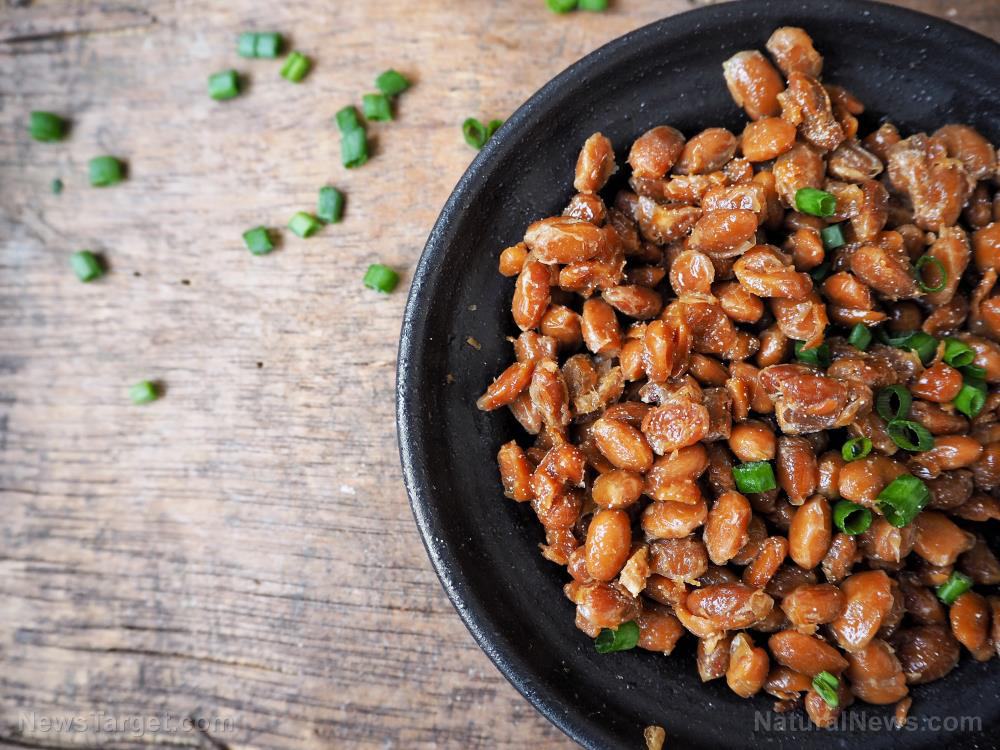Salep (orchid extract) found to offer protective effects against isoniazid medication toxicity of the liver
03/26/2018 / By Ralph Flores

Isoniazid is a commonly used drug for treating tuberculosis, but its hepatotoxic side effects can interfere with the course of treatment. In a study published in the Journal of Traditional and Complementary Medicine, researchers suggest using orchid extract (salep) to protect the liver against the effects of isoniazid.
- The researchers set out to build on their previous studies which showed that salep possessed anti-hepatotoxic properties in general. In particular, the team looked at how salep can reduce the incidence of drug interruption in isoniazid treatments.
- For the study, the team collected salep plants and produced their own flour. This was then used to create an aqueous extract.
- They then procured 56 Wistar rats for the experiment, randomly assigning them to seven groups. Aside from the control group and the sham group, one group was given 50 mg/kg of isoniazid. The four remaining experimental groups received 40, 80,160, and 320 mg/kg of orchid extract, respectively.
- The extracts were administered every day for a month, after which blood samples and liver tissues were analyzed.
- The results revealed that the rats that were administered with salep had significantly lower levels of liver enzymes, bilirubin, MDA, and TOC – which are markers for liver damage – than the rats that were not given salep.
- The salep group also had a higher level of antioxidants and protein over those which only had isoniazid. The tissue analysis also revealed that the rats in the salep group had no liver injury.
Researchers deduced that salep might aid in preventing the destructive effects of isoniazid on the liver.
Find the full text of the study at this link.
Journal Reference:
Jahromi HK, Pourahmad M, Abedi HA, Karimi M, Jahromi ZK. PROTECTIVE EFFECTS OF SALEP AGAINST ISONIAZID LIVER TOXICITY IN WISTAR RATS. Journal of Traditional and Complementary Medicine. 2018;8(1):239–243. DOI: 10.1016/j.jtcme.2017.06.001
Tagged Under: anti-hepatotoxic, antioxidants, drug interruption, drug treatment, hepatotoxicity, Isoniazid, Liver, liver damage, liver enzymes, liver injury, orchid, orchid extract, protein, salep, salep flour, side effects, tuberculosis





